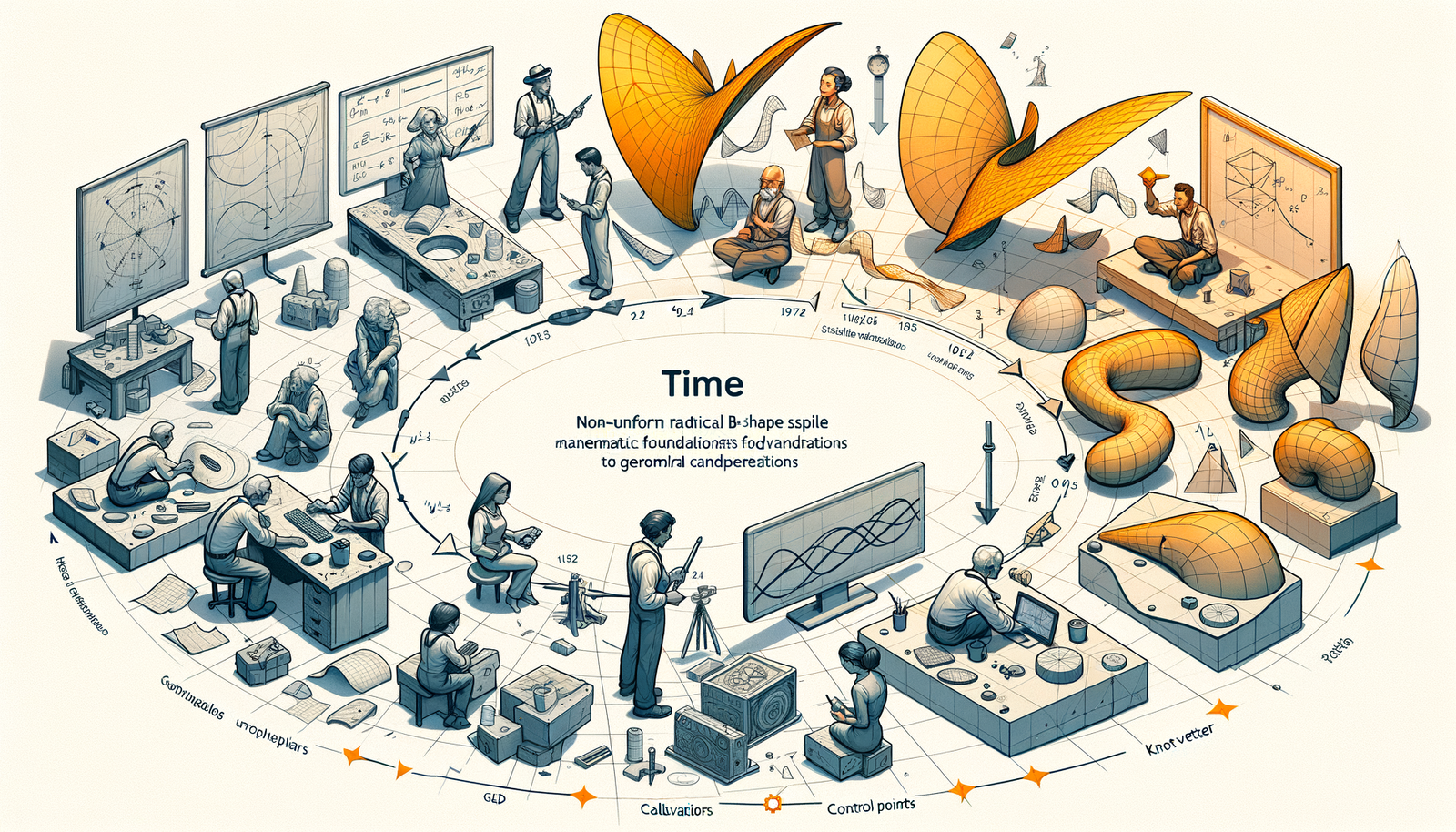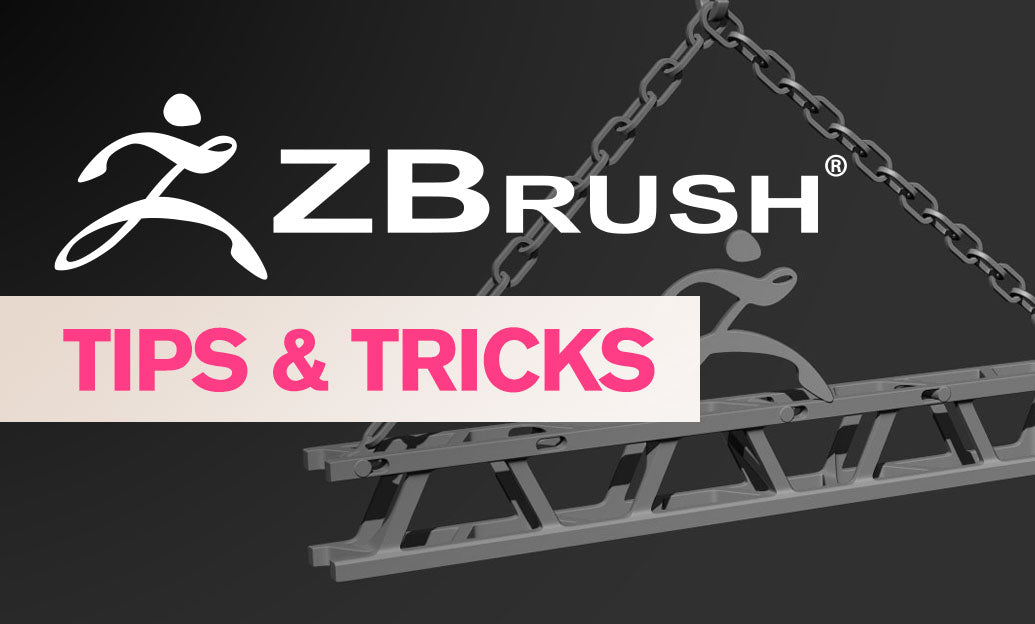Your Cart is Empty
Customer Testimonials
-
"Great customer service. The folks at Novedge were super helpful in navigating a somewhat complicated order including software upgrades and serial numbers in various stages of inactivity. They were friendly and helpful throughout the process.."
Ruben Ruckmark
"Quick & very helpful. We have been using Novedge for years and are very happy with their quick service when we need to make a purchase and excellent support resolving any issues."
Will Woodson
"Scott is the best. He reminds me about subscriptions dates, guides me in the correct direction for updates. He always responds promptly to me. He is literally the reason I continue to work with Novedge and will do so in the future."
Edward Mchugh
"Calvin Lok is “the man”. After my purchase of Sketchup 2021, he called me and provided step-by-step instructions to ease me through difficulties I was having with the setup of my new software."
Mike Borzage
Design Software History: The Evolution of NURBS: Pioneers, Mathematical Foundations, and Future Trends
August 09, 2024 3 min read


The Origins of NURBS
Early Mathematical Foundations
The origins of Non-Uniform Rational B-Splines (NURBS) can be traced back to the pioneering work of Pierre Bézier and Paul de Casteljau. Both were instrumental in the development of mathematical models that allowed for more flexible and precise representation of curves and surfaces. Pierre Bézier, working at Renault, developed Bézier curves in the 1960s, which became fundamental in automotive design for creating smooth and easily adjustable curves.
Bézier curves, while revolutionary, had limitations primarily because they were polynomial-based. Polynomial curves and surfaces often lacked the flexibility needed for more complex designs, leading to inaccuracies and inefficiencies. This spurred further research into more versatile mathematical models.
The Development of B-splines
To address the shortcomings of polynomial curves, Carl de Boor and other mathematicians developed B-splines (Basis splines). B-splines are piecewise-defined polynomials that offer greater flexibility and control over curve shapes. The introduction of non-uniformity in B-splines was a significant breakthrough, as it allowed for varying levels of detail and complexity in different sections of a curve or surface.
The Birth of NURBS
The integration of rational functions with B-splines led to the creation of NURBS, which offered even greater flexibility and precision. Significant contributions were made by engineers such as Riesenfeld and Versprille, who formalized the mathematical framework of NURBS. This new model allowed for the accurate representation of complex shapes and surfaces, making it indispensable in various engineering and design applications.
Early Adoption and Implementation
Automotive and Aerospace Industry
The early adoption of NURBS was particularly notable in the automotive and aerospace industries. Companies like Renault were among the first to leverage NURBS for automotive design, where the need for smooth, aesthetically pleasing, and aerodynamically efficient surfaces was paramount. In the aerospace sector, NURBS were used to design complex aircraft surfaces, providing the precision needed for aerodynamic efficiency.
Software Integration
The incorporation of NURBS into early CAD (Computer-Aided Design) systems marked a significant milestone in design software history. Key companies such as Boeing played a crucial role in integrating NURBS into their design and manufacturing processes. This integration allowed for more accurate and efficient designs, paving the way for advanced engineering and manufacturing techniques.
Challenges and Limitations
Despite their advantages, the early use of NURBS was not without challenges. The computational requirements for processing NURBS were substantial, often exceeding the capabilities of early CAD software and hardware. These limitations affected the usability and efficiency of NURBS, necessitating further advances in computer technology to fully realize their potential.
The Evolution of NURBS in Modern CAD Software
Advancements in Computer Hardware
As computer hardware improved, so did the practicality of using NURBS in design applications. Increased computational power and advancements in graphics processing made it feasible to handle the complex calculations required for NURBS. These technological advancements significantly impacted the usability and adoption of NURBS in various industries.
Integration into Mainstream CAD Systems
Modern CAD systems, such as AutoCAD, CATIA, and SolidWorks, played a pivotal role in popularizing NURBS. These software platforms integrated NURBS into their core functionalities, offering designers and engineers powerful tools for creating and manipulating complex shapes. Landmark releases and features in these software systems further cemented the importance of NURBS in design processes.
Industry-Wide Acceptance
NURBS eventually became a standard in several industries, including automotive, aerospace, and animation. The ability to create precise and complex designs made NURBS indispensable for high-quality product development. Numerous examples of sophisticated designs and products owe their existence to the capabilities provided by NURBS.
The Future of NURBS and Beyond
Current Trends and Developments
Ongoing advancements in NURBS technology continue to push the boundaries of what is possible in design and manufacturing. The role of NURBS in additive manufacturing and other modern design processes highlights their continued relevance and potential for future innovations.
Challenges and Alternatives
Despite their advantages, NURBS face challenges from newer modeling techniques. Alternatives such as T-Splines and Subdivision Surfaces offer different approaches to design and may provide advantages in specific applications. Continuous research and development are essential to address these challenges and explore new possibilities.
NURBS in Academia and Research
NURBS remain a topic of significant interest in academia and research. Ongoing efforts to refine their mathematical foundations and explore new applications ensure that NURBS will continue to evolve. Significant academic contributions have paved the way for potential future directions and breakthroughs.
Conclusion
The history and evolution of NURBS are a testament to their pivotal role in the world of design software. From their early mathematical foundations to their widespread adoption and ongoing advancements, NURBS have had an enduring impact on modern CAD and design processes. As we look to the future, the potential of NURBS and related technologies promises to unlock new possibilities and innovations in various fields.
Also in Design News

Cinema 4D Tip: Optimizing Workflow with Selective Keyframing in Cinema 4D
October 15, 2025 3 min read
Read More
Bluebeam Tip: Maximizing Efficiency with Bluebeam Revu's Text Box Tool for Clear and Impactful PDF Annotations
October 15, 2025 2 min read
Read More
ZBrush Tip: Enhance Your ZBrush Workflow with the Curve QuadFill Brush
October 15, 2025 2 min read
Read MoreSubscribe
Sign up to get the latest on sales, new releases and more …


